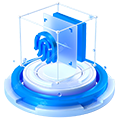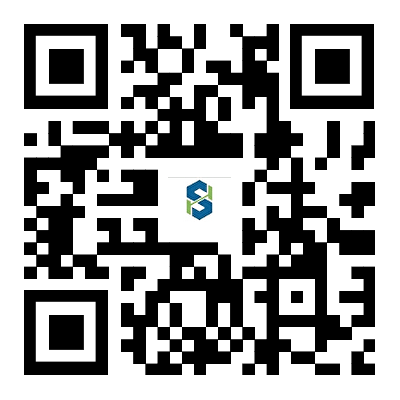Hello, welcome to Guangxi Shinhome Inspection Technology Service Co.,Ltd.!
INSPECTION BUSINESS
Inspection business
- Non-dangerous chemical identification/Chemical hazard identification/Hazard characteristic classification and identification
- Cargo Transportation Condition Appraisal
- Safety Data Sheet (SDS) Preparation
- Safety Data Sheet (SDS) Review
- Preparation of Hazard Communication Labels
- Hazard Communication Label Review

Fireworks Transportation Classification Test
The fireworks transport grade identification test is mainly carried out according to the Manual of Tests and Criteria (8th revised edition), as follows:
Test 1: Single package test
- Purpose: To determine whether the contents of a single package explode as a whole.
- Method: Surround the sample with appropriate sealing material, the thickness of the packaging not exceeding 0.15m³ is 0.5 meters, and the thickness of the packaging exceeding 0.15m³ is 1.0 meters. After the substance or article is triggered, observe the thermal effect, projection effect, detonation, deflagration or explosion of all the contents of the package. The test should be carried out three times unless a decisive result is obtained before the third time.
- Judgment: If there are signs of overall explosion such as pits at the test site, damage to the verification plate under the package, measured shock waves, splitting and scattering of the sealing material, the product can be considered to be classified as 1.1. If not, test 2 is carried out.
Test 2: Stacking test
- Purpose: To determine whether the explosion propagates from one package to another.
- Method: Stack at least 2 samples with a total volume of not less than 0.15m³ on the verification board in the transportation mode, connect the ignition device, observe the relevant signs after ignition, and the test is also carried out three times, unless a decisive result appears before the third time.
- Judgment: If the contents of more than one package or unpackaged article actually explode instantly, the product should be classified into 1.1. If it does not appear, test three is carried out.
Test three: external fire (bonfire) test
- Purpose: To determine whether the package has the risk of overall explosion, dangerous projection, radiant heat and/or violent combustion or other dangerous effects under external fire.
- Method: Take samples with a packaging volume of not less than 0.15m³ (not less than 3), place them close together on the bracket, erect verification screens at 4 meters on three sides around the sample, ignite the fuel, observe and record the explosion signs, projections and thermal effects.
- Judgment: If the overall explosion does not occur but the verification screen is perforated and the projectile of the specified mass exceeds the distance of the 20J projectile shown in Table 1, the product is classified into 1.2; if the situation of being classified into 1.1 or 1.2 does not occur, but there is a fireball or flame extending outside the verification screen, the product is classified into 1.3; if the situation of being classified into 1.1, 1.2 or 1.3 does not occur, but there is a fireball or flame extending beyond the flame by 1 meter, the product is classified into a compatible group other than compatible group S of 1.4.
In addition, for consumer fireworks exported to the United States, the product category, specification, amount of powder and other technical parameters can be compared with the US consumer fireworks standard APA87-1A to determine the transportation hazard level and assembly group; for other fireworks, they can be compared with the United Nations fireworks transportation hazard level default table to determine.
Report Sample
Fireworks Transportation Level Classification Test











